Experience Preview: The Evolving Life Wing
Exploring the Connections Among All Living Things
October 6, 2022
Located on the west side of the building, the Museum’s new Evolving Life wing will highlight the systems that govern life on Earth and explore how life changes over time. As you enter the gallery, you will encounter a question: Are we part of nature? Subsequent learning stations will demonstrate how organisms rely on each other, influence each other, and adapt to changing environments—together.
Throughout the wing, specimens will be strategically positioned as the evidence scientists use to answer fundamental questions about how the world works. We will ask questions of visitors and prompt you to ask your own, all in a framework of scientific inquiry that encourages critical thinking and the recognition that science is about asking and answering questions.
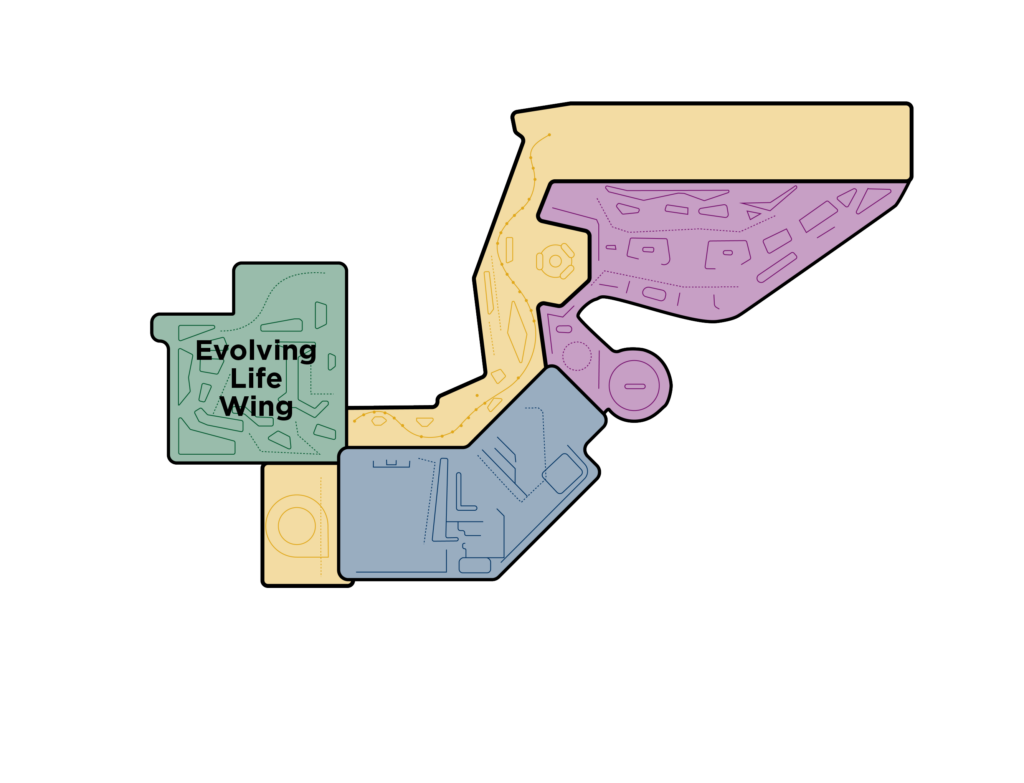
Visitor Takeaways
Exhibits will be organized around core stories, or case studies, that illuminate our scientific understanding of the ways in which life is connected, how it changes, and the processes that govern that change.
By exploring these case studies, you will discover how:
• The “recipe of life” combines the same “ingredients” in many ways to form the vast diversity of life.
• Environments and living systems interact today and have interacted in the past.
• Humans are connected to the natural world, and we are products of the same evolutionary processes that shape all life.
• Living populations change through evolution.
• Humans will continue to have an enormous impact on our planet.
The wing will be structured around five distinct areas:
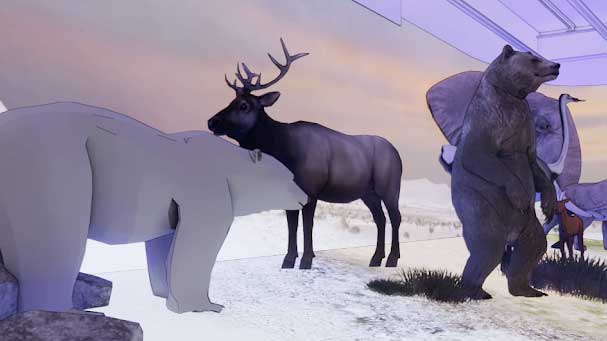
Are We Part of Nature?
You will first encounter a reconstructed ice-age scene featuring key Museum specimens, including a mammoth and Smilodon (saber-toothed cat). A series of stone tools from our archaeology collection will illustrate how humans were and are part of their ecosystems.
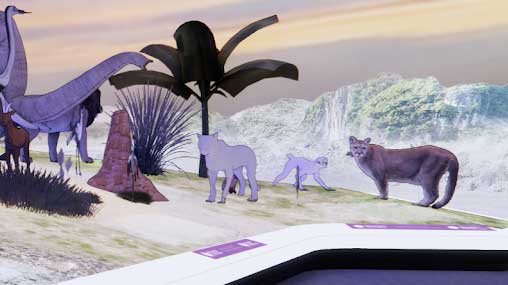
How Is Life Connected?
A diorama-style gallery will feature some of the Museum’s most compelling specimens, and a media overlay will build connections among those specimens. We will introduce you to four distinct regional habitats and demonstrate how organisms are interdependent.
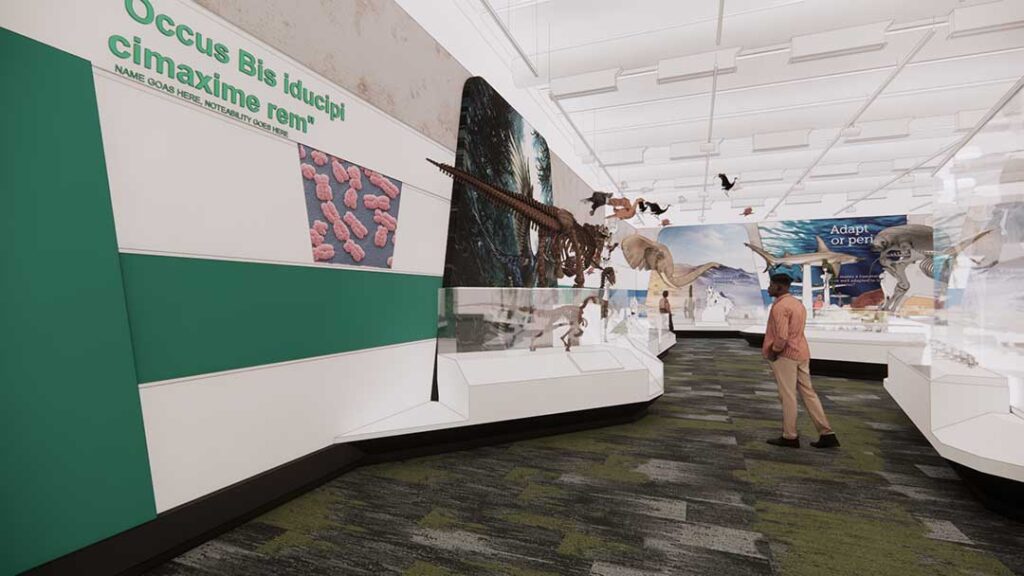
How Do Living Things Change?
This area will provide evidence for evolution through themed stories that illustrate fundamental evolutionary patterns. Using an inquiry-based learning approach, the material will encourage you to think like a scientist and invite you to explore the “why.”
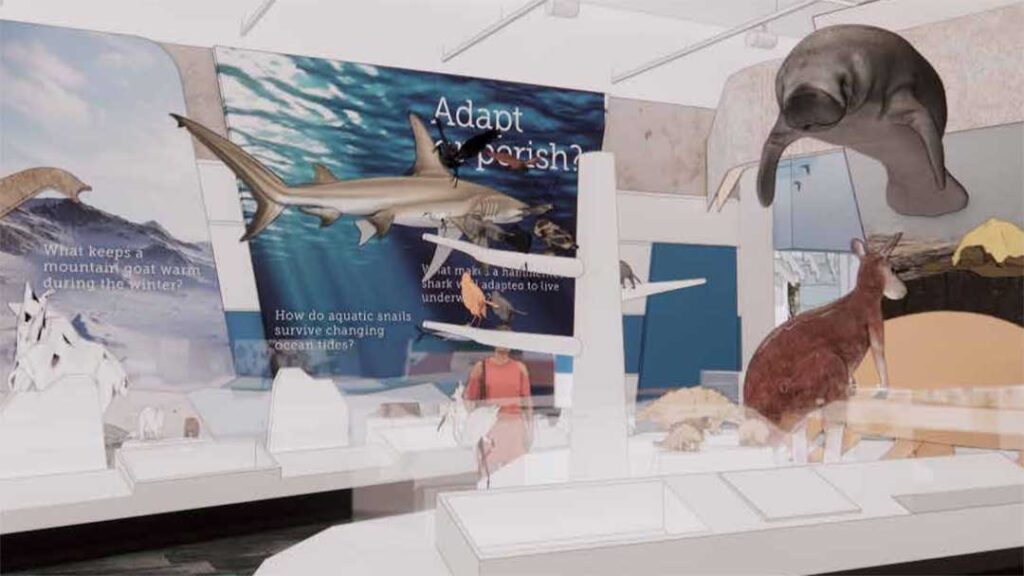
Scales of Adaptation: Adapt or Perish
As a key aspect of evolution, adaptations allow species to specialize to unique or extreme environments—sometimes in eye-catching ways. This area will explore different factors and scales of environmental influence that lead to species changes, diversification, or convergent life strategies.
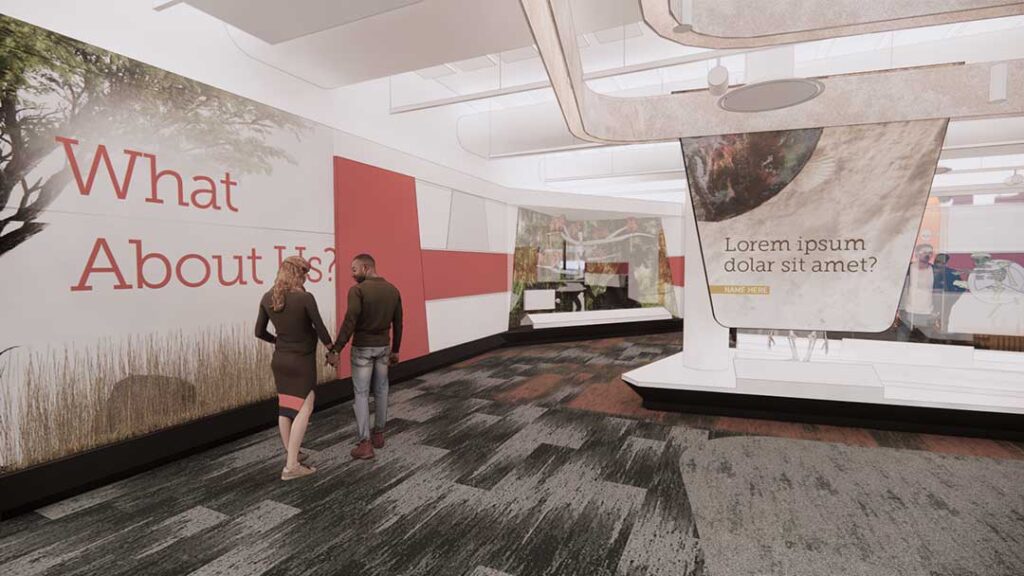
What About Us?
Designed to build upon all the content that precedes it, this section will drive home the mission of the Museum and our objectives in pioneering a new approach to presenting natural history. A little less than half of the gallery space will be devoted to an extended case study focused on our branch of the evolutionary tree and the impact of various environmental changes on human health.
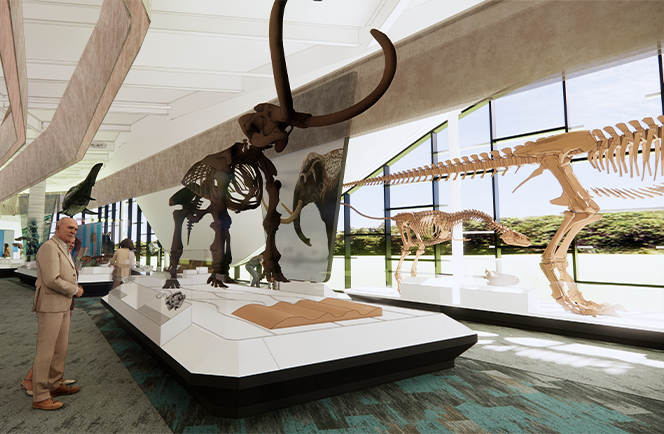
Exploring Our Past, Envisioning Our Future: New Curator Dr. Emma Finestone on the Museum’s Transformation
The Cleveland Museum of Natural History’s transformation includes a new, interdisciplinary strategy for collaboration among research staff. As part of this effort, the Museum recently appointed Dr. Emma Finestone Assistant Curator of Human Origins.
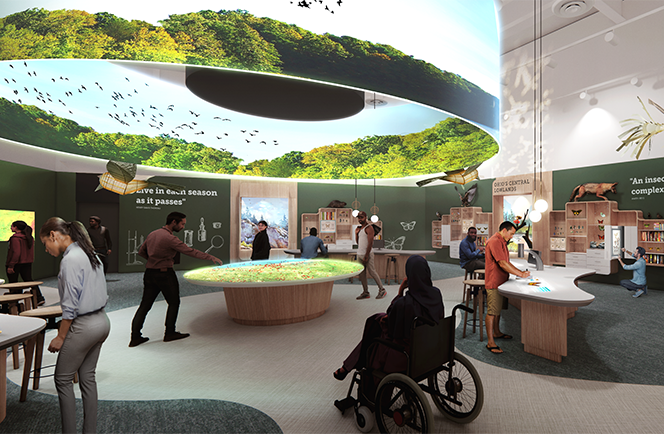
An Opportunity to Democratize Science: New Curator Dr. Elizabeth Sawchuk on the Museum’s Transformation
As we reimagine the Cleveland Museum of Natural History, we are building an interdisciplinary team of scientists whose research will be fully integrated with our new exhibits and educational programs. Dr. Elizabeth "Ebeth" Sawchuk recently joined this team as the Museum’s Assistant Curator of Human Evolution.
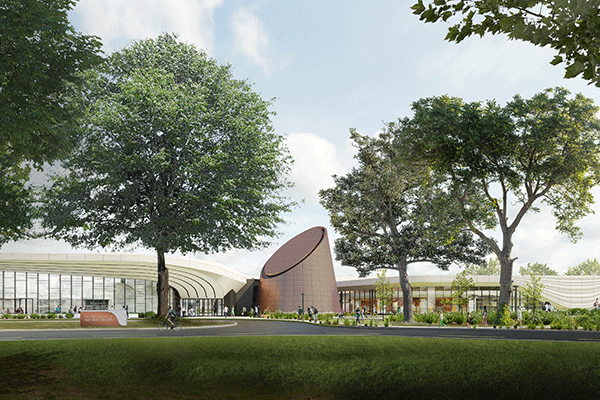
Support from the Jones Day Foundation
The Museum recently received a $300,000 grant from the Jones Day Foundation in support of the Transforming the World of Discovery campaign. The grant will help to fund the complete reimagining of our campus and all our exhibits.
